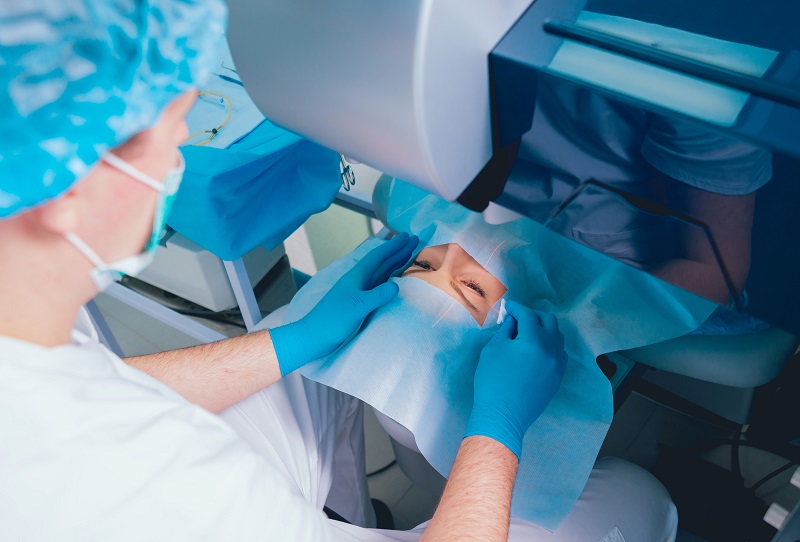
The roots of LASIK surgery date back to the 1950s when Spanish ophthalmologist Jose Barraquer developed techniques to cut and shape the cornea. Three decades later, Rangaswamy Srinivasan found that an ultraviolet excimer laser can be used to precisely etch living tissue with no thermal damage. The Food and Drug Administration began excimer laser trails in 1989 and approved the manufacture and distribution of the lasers in 1998.
LASIK has come a long way since its early beginnings over 60 years ago. Even though the technology was FDA-approved in the 90s, it continues to evolve to produce better results.
LASIK Goes Bladeless in 2001
In 2001, a bladeless LASIK procedure was approved by the FDA. This process, called IntraLASE, used a femtosecond laser rather than a microkeratome blade. The original procedure was relatively safe, but IntraLASE made it even more so. It reduced the potential for human error and related complications.
Precise Correction with Wavefront or CustomVue
Wavefront or CustomVue technology received FDA approval in 2002. This advancement added detailed corneal mapping that guides the laser. Better tracking meant personalized treatment and precise correction even when working with large pupils, thin corneas, or higher prescriptions.
Laser Blended Vision Gets Rid of Reading Glasses
Most people find that they need a pair of reading glasses as they age. This is completely normal, but it has become a condition that we don’t have to live with. Laser Blended Vision is a technique that adjusts by increasing the depth of field of each eye.
Find out if LASIK can correct your eyesight by contacting Grosinger, Spigelman & Grey, Michigan’s Leading Eye Care Physicians. Our Southeast Michigan ophthalmologists are available to examine your eyes and make the best recommendation for you.
#GrosingerSpigelmanGrey #EyeMichigan #PerfectVision #ImproveYourVision #MichigansLeadingEyeCarePhysicians #LASIK
